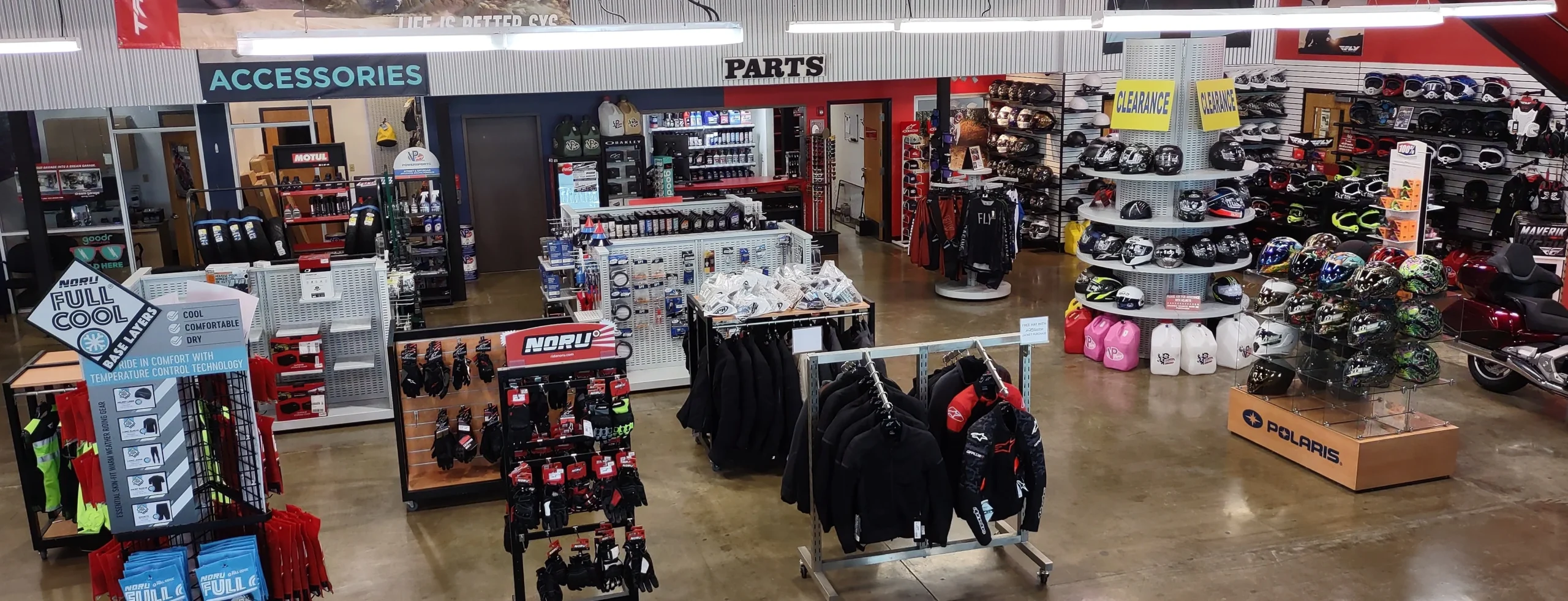Must-Have Motocross Gear: Raise Your Riding Experience Today
Must-Have Motocross Gear: Raise Your Riding Experience Today
Blog Article
Comprehending the Vital Parts of a Motorbike: A Comprehensive Overview for Enthusiasts
For motorcycle lovers seeking to elevate their riding experience and ensure their bikes run efficiently, understanding the important elements of a motorbike is critical. Each element, from the engine's elaborate workings to the essential duty of the stopping systems, not only impacts performance but additionally safety and security and comfort. This overview will certainly go through the essential components that every biker should recognize with, enabling notified selections in both upkeep and possible upgrades. As we begin this exploration, one must ask: exactly how does each part communicate to develop the smooth ride every enthusiast seeks?
Engine Elements

The camshaft plays a vital role in managing the timing of the engine's valves, making sure the accurate opening and closing essential for reliable gas and air consumption, as well as exhaust expulsion. This timing is important to preserving optimum engine efficiency and efficiency. In addition, the carburetor or fuel shot system, depending on the bike design, is accountable for mixing air with gas in the appropriate proportion for combustion.
The cooling system, either air or liquid-based, functions to preserve the engine's temperature within operational restrictions, stopping overheating and making sure long life - motocross parts nz. Each component, diligently developed and incorporated, adds to the smooth operation of the engine, defining the motorbike's power result and general efficiency
Transmission System
Integral to the motorcycle's functionality, the transmission system makes certain efficient power transfer from the engine to the wheels. This system consists of numerous essential elements, including the clutch, gearbox, and final drive, each playing an essential function in equating the engine's power into motion. The clutch, normally operated by a hand lever, serves to involve and disengage the engine from the transmission, allowing for smooth gear changes and controlled acceleration.
The transmission, often described as the transmission correct, contains a set of gears that motorcyclists can by hand change through to readjust the bike's rate and torque result. These equipments are prepared in a series that enables the motorcycle to accelerate efficiently and keep ideal engine efficiency across various speeds. Many motorbikes utilize a sequential transmission, calling for the biker to move equipments in an established order.
Braking Devices
While understanding the transmission system is vital to utilizing a bike's power, just as vital is the capability to manage and quit that power efficiently, which is where braking devices enter play. Brakes are critical for safety and efficiency, offering the rider with the needed control to navigate numerous terrains and conditions. Commonly, bikes feature 2 kinds of braking systems: disc brakes and drum brakes.
Disc brakes are much more prevalent in contemporary motorcycles because of their exceptional efficiency. They contain a brake disc, caliper, and pads. When activated, the caliper squeezes the brake pads versus the rotating disc, transforming kinetic power into heat, therefore slowing down the wheel. This system supplies much better warmth dissipation, constant efficiency, and enhanced quiting power, particularly in damp conditions.
Conversely, drum brakes, though less usual, are still discovered in some motorcycles. They function by pushing brake footwear against the internal surface of a drum affixed to the wheel. While generally less effective in warmth dissipation and stopping power, drum brakes are simpler and more affordable.
Understanding these braking systems' nuances enables riders to preserve their motorbikes effectively and appreciate the engineering that makes certain safe and efficient quiting.
Suspension and Guiding
Suspension and guiding systems are vital parts that dramatically influence a motorbike's handling and adventure comfort. The suspension system, including forks at the front and shock absorbers at the back, takes in road abnormalities, enhancing security and control. Front forks, normally telescopic or upside down, compress and rebound to minimize influences, while rear shock absorbers maintain tire call with the roadway, essential for traction and safety and security.
Steering, centered around the handlebars, connects the cyclist to the motorcycle's directional control. The steering head bearings make sure smooth procedure, allowing accurate ability to move. Correct placement and upkeep of these bearings are crucial for predictable steering reaction and minimizing rider tiredness.
The suspension's adjustability is another critical element; preload, damping, and rebound setups permit customization to suit numerous riding designs and problems. This adaptability is vital for maximizing performance, whether browsing metropolitan roads or taking on rugged trails. Innovations like electronic shock absorber supply real-time adjustments, improving adventure quality throughout diverse surfaces.

Electrical Solutions
After making sure a controlled and smooth adventure via reliable suspension and guiding systems, attention turns to the electrical systems, a crucial aspect of modern motorcycles. These systems play a critical role not just in starting the engine but likewise in powering numerous parts that boost the capability and safety and security of the bike.
At the heart of a motorcycle's Homepage electric system is the battery, which shops electric power needed for starting the engine and powering supporting systems - motox parts nz. The alternator or generator, paired with the rectifier-regulator, guarantees the battery stays charged while the motorbike is in procedure, transforming mechanical power into electric energy and preserving voltage levels
The ignition system, another crucial element, is responsible for stiring up the air-fuel mixture in the engine's cylinders. Modern bikes often utilize an electronic ignition system, providing higher performance and integrity contrasted to typical systems.
Lighting systems, including fronts lights, tail lights, and signs, are likewise important, making sure exposure and safety and security for the motorcyclist. Added digital parts such as sensors, control devices, and displays add to innovative features like gas injection administration, anti-lock stopping systems (ABDOMINAL MUSCLE), and digital control panels, even more enhancing the riding experience.
Conclusion
An extensive comprehension of a motorbike's important elements, including the engine, transmission system, stopping systems, suspension, guiding, and electrical systems, is vital for lovers intending to enhance comfort, safety, and efficiency. Proficiency of these components permits informed decisions concerning upkeep and upgrades, inevitably boosting the riding experience. By incorporating this understanding, cyclists can guarantee their motorbikes run at peak efficiency and integrity, thus optimizing both enjoyment and longevity of their lorries.
For motorcycle lovers looking to raise their riding experience and ensure their bikes run smoothly, understanding the necessary elements of a motorcycle is extremely important.Integral to the motorcycle's capability, the transmission system ensures reliable power transfer from the engine to the wheels.While understanding the transmission system is key to utilizing a bike's power, just as vital is the capacity to regulate and quit that power successfully, which is official source where braking devices come into play. Typically, motorcycles include two kinds of braking systems: disc brakes and drum brakes.
A detailed understanding of a bike's important parts, consisting of the engine, transmission system, stopping systems, suspension, guiding, and electrical systems, is crucial for fanatics aiming to h chain maximize safety, performance, and comfort.
Report this page